Japanese Ramen 101: Fantastic Ramen Styles and Where to Find Them in Singapore
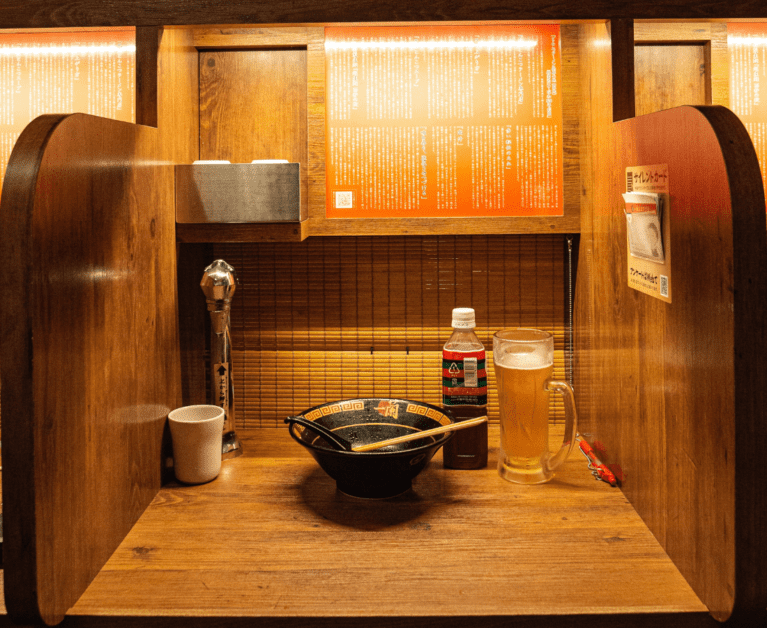
PUBLISHED August 22nd, 2022 06:00 am | UPDATED September 3rd, 2022 02:09 pm
Ramen, the dish that took Singapore by storm and continues to make its presence felt. With an Ippudo opening up in nearly every corner of the country, ramen has become one of the go-to indulgent dishes in the public consciousness. But what creates its complex flavours? What are the different variations of this dish? And just what do all those Japanese words mean? From how to make your own to outlining popular styles, this is your guide to everything ramen.
Basic Components of a Bowl of Ramen

If you’ve ever looked into making a bowl of ramen at home, you know how intimidatingly complicated the affair can get. But if you’re up for the challenge, here’s the basic rundown. Ramen is primarily made up of 5 different components – the noodles, the broth, the tare (think seasoning sauce), the seasoning oil, and the toppings. The process of making a good bowl, let alone the perfect bowl, relies on creating a balance between all that’s still tailored to your own preferences.
Ramen noodles come in diverse forms. From the straight-cut, harder Hakata-style noodles to the thick and chewy noodles used in Yokohama, you’ll need to adjust the proportions of flour (or mix different types of flours), water, and kansui (lye water) to create the texture, taste, and look that you want. For a basic tutorial, we recommend checking out The Way of Ramen‘s video.
Ramen broth can be made of anything – even water works if you get your tare right. The most popular in Singapore is the thick paitan tonkotsu broth made from boiling pork bones for hours, but don’t overlook lighter, clear chintan soups made of chicken or vegetables. There’s also dashi – the Japanese stock made of niboshi sardines and kombu kelp – for depth and umami. Look to Ramen Lord’s guide on Reddit for an excellent walkthrough.
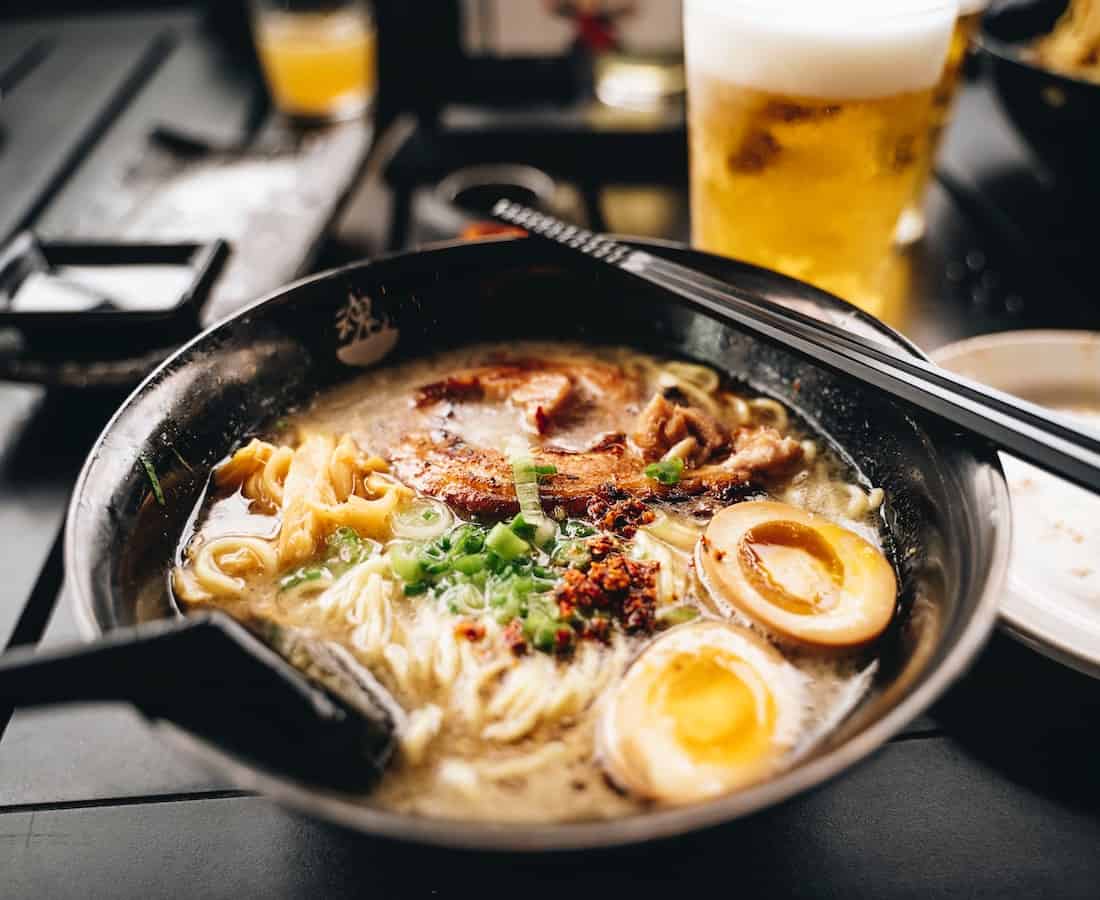
The tare is the dark horse of ramen, unbeknownst to most but arguably the most important element. Consisting usually of shoyu (Japanese soy sauce) and a medley of ingredients like shiitake mushrooms and sardines, it’s a seasoning sauce mixed with ramen broth that makes ramen so addictive. Different types of tare are used – shoyu, shio (salt-based) and miso – to achieve a variety of flavour profiles.
Likewise, seasoning oils add flair to the flavour of the soup. The Singaporean-favourite black garlic oil, the commonly used chi-yu (chicken fat), and even sesame oil is drizzled over the bowl to round out the flavours.
Customary toppings include chashu (braised pork), negi (green onions), menma (marinated bamboo shoots), and of course, the half-boiled gem, the Hanjuku egg. While these are the commonly used toppings, this is an area that you could really go crazy with, and we’d encourage it.
Popular Styles
If you just looked at the overview of ramen-making above and don’t even want to go there, this is the section for you. Here are the most popular styles of ramen, a bit of their history, and where you can try them in Singapore.
Hakata-style Tonkotsu Ramen
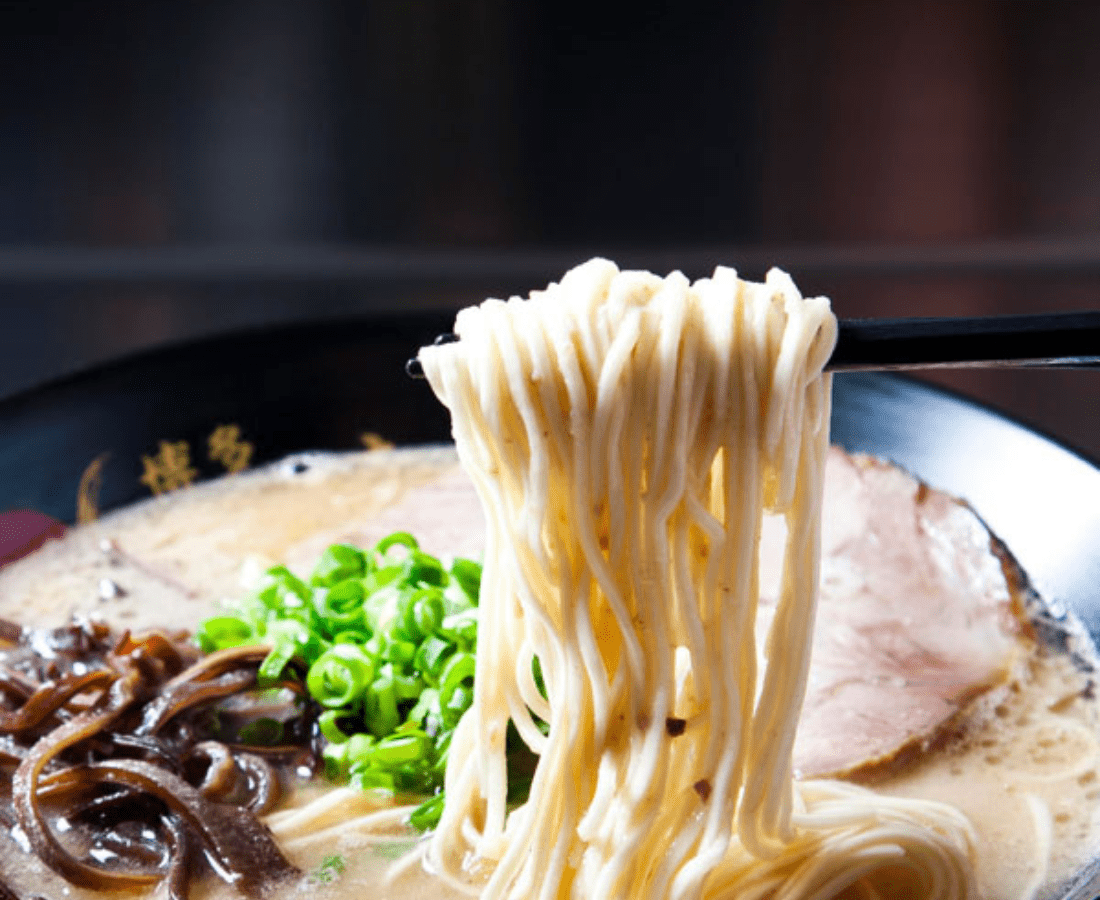
The classic creamy Tonkotsu broth originates from Hakata, in Japan’s Kyushu prefecture, specifically from the city of Fukuoka. First starting in make-shift food tents on the streets, this style has since exploded with popularity all over the world, helped in no certain amount by Ichiran’s iconic bowl. Thin, straight-cut noodles get immersed in a pool of addictively rich pork-bone broth, grounded with a shio-tare that preserves its milky colour. Topped with pork belly and black fungus, it’s not one for the light-hearted. The most popular style in Singapore, we recommend Ikkousha Ramen‘s Tonkotsu Special for your fix.
Tokyo Shoyu Ramen

Despite tonkotsu ramen’s overwhelming popularity overseas, the Japanese tend to prefer something on the lighter side. Tokyo shoyu ramen features a shoyu-seasoned clear soup, sometimes consisting simply of dashi stock. Also called Chuka Soba, the light yet flavourful soup is paired with thick and chewy alkaline noodles, topped with the classic combination of chashu, hanjuku egg, and menma bamboo shoots. For a taste of Tokyo’s favourite, try Ramen Champion‘s Bishamon Tokyo Shoyu Ramen (S$14.80).
Sapporo-style Miso Ramen

Another rich bowl, Sapporo’s miso ramen carries the intensity and heaviness made to steel anyone from the brutal Hokkaido winter. Thick noodles are served in a miso-infused chintan or paitan ‘double soup’ of bone-broth and seafood- broth, topped with corn and butter for a distinctive sweetness. Since a trip to Sapporo won’t be on the cards for awhile, get a taste of the unique Hokkaido flavours with Sapporo Misono’s MISO Ramen Butter & Corn Special (S$17.90).
JIRO Ramen
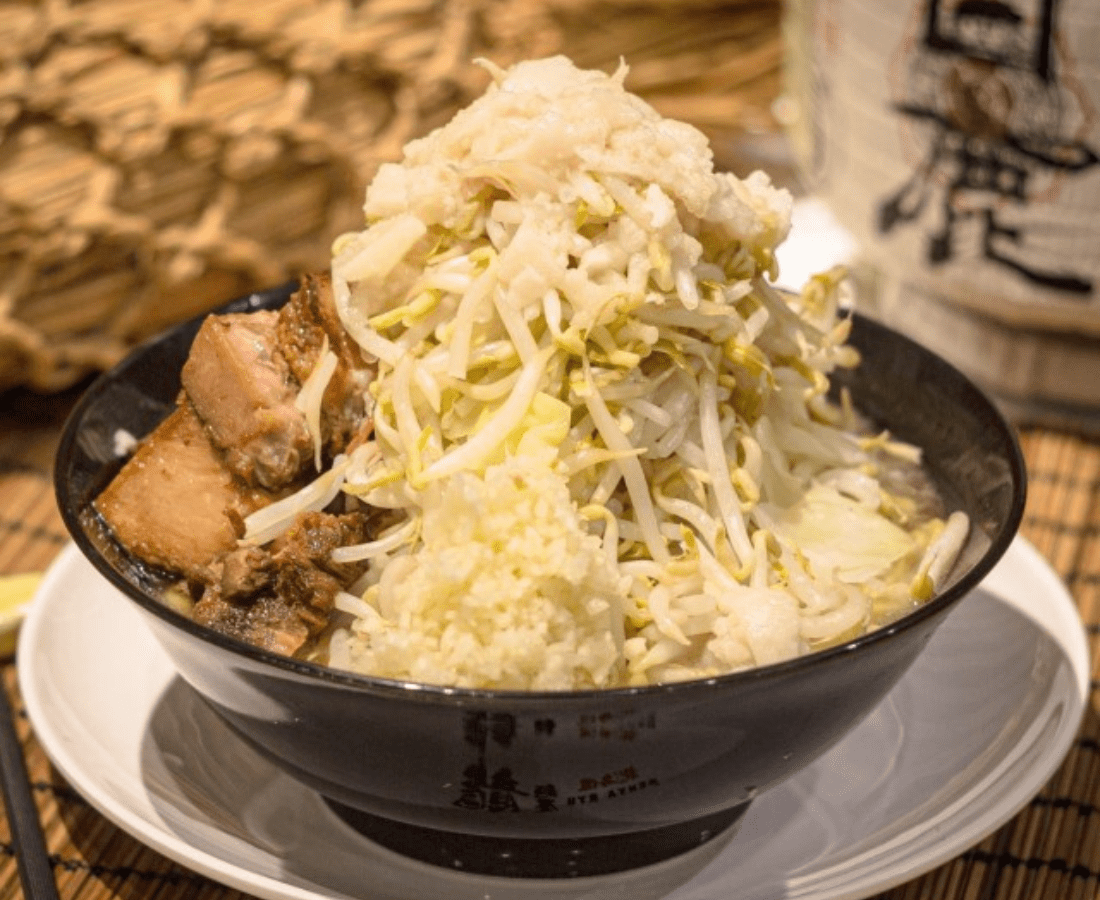
If you’ve had a bowl of tonkotsu ramen and still felt yourself jonesing for more, you’re in luck. Originating at the cult-favourite Ramen Jiro, JIRO-style ramen holds nothing back. A massive bowl of intense shoyu-flavoured broth paired with heaps of garlic and a mountain of fatty chashu and moyashi beansprouts, the level of fat and intensity that JIRO ramen is absolutely dripping with can knock you out for a few days. An intimidating feast that inspires either fear or fascination, have a taste of Ramen Champion‘s Pork Fat Stamina Ramen (S$17.80), if you’re up to give it a try.
Tsukemen
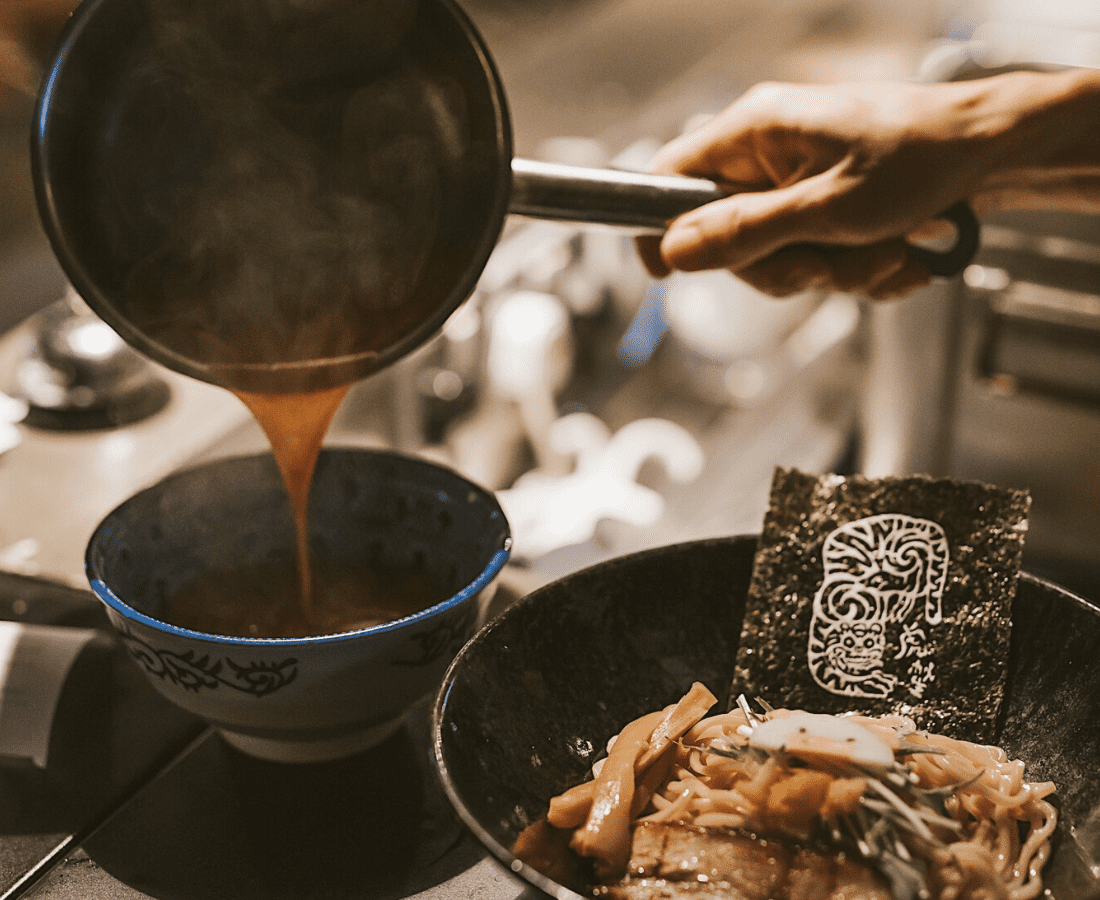
Tsukemen, or dipping-sauce ramen, was first invented at legendary ramen Chef Kazuo Yamagishi of Taishoken. Starting as a mainly niboshi and shoyu-based chintan clear soup, the intense and thick gyofun fish powder-laden tonkotsu broth has since become the popular style. While the best version of this dish, as stated by Japanese ranking websites, is definitely Tomita’s explosive and smokey bowl, our favourite here in Singapore is Torasho Ramen & Charcoal Bar‘s Tsukemen “SINGAPORE BEST” (S$14++).
Tantanmen
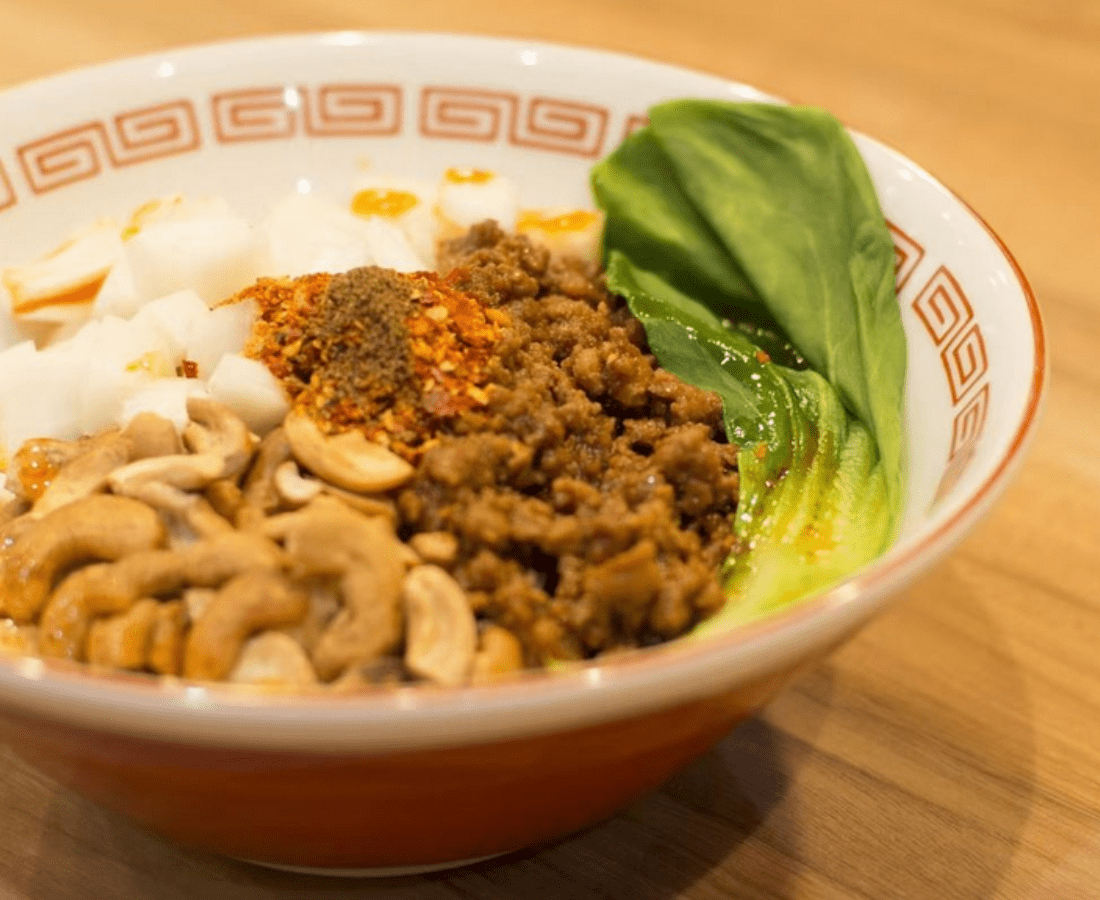
If you read the name and thought of the Chinese Dan Dan Mian, you’re not wrong. Tantanmen is Japan’s spin on the classic Sichuan noodle dish. Unlike its source, the bowl comes with a creamy and spicy soup made from sesame paste, soy milk, and Japanese rayu chilli oil. Topped with spicy minced pork and bok choy, it has a nutty flavour profile and is packed with nutrition from the meat and vegetables. For our money, the Dan Dan Noodles (S$17.90) from MICHELIN-starred chain ENISHI is the way to go.
Top image: Stefan Lehner on Unsplash
